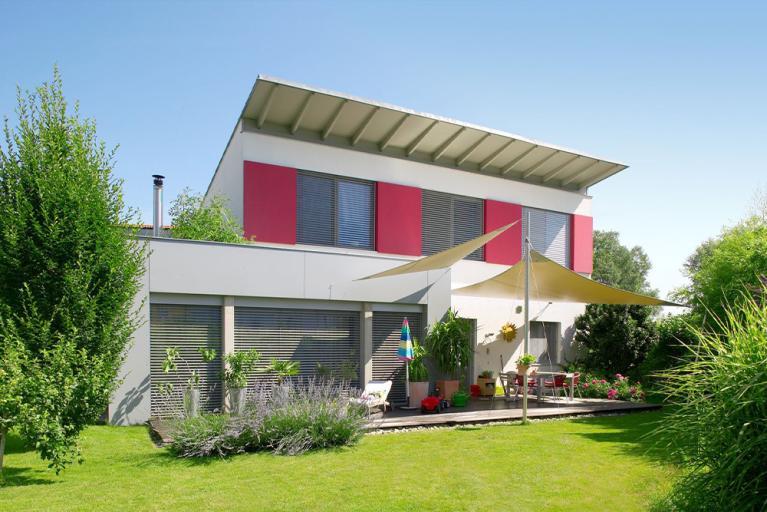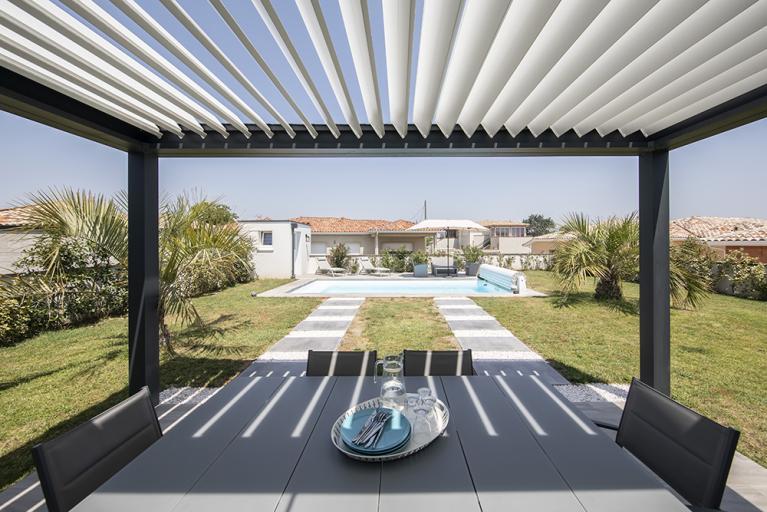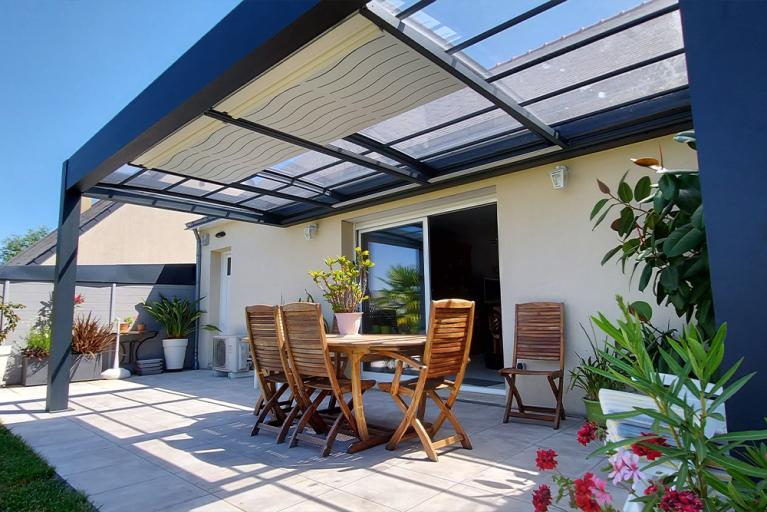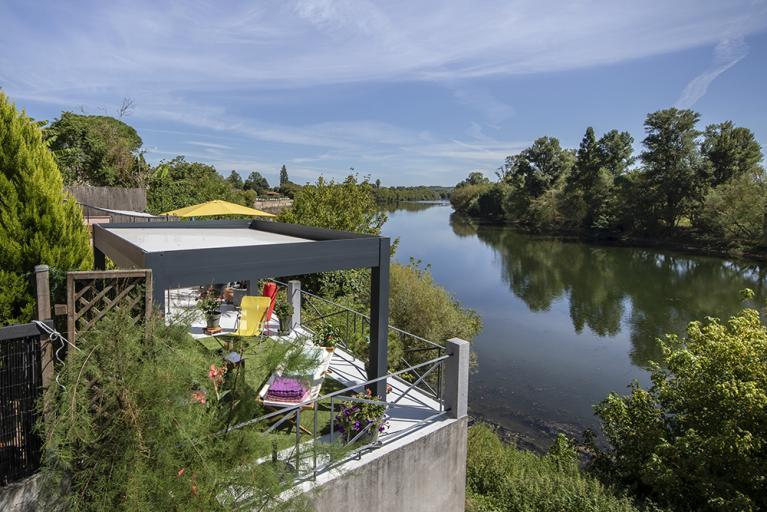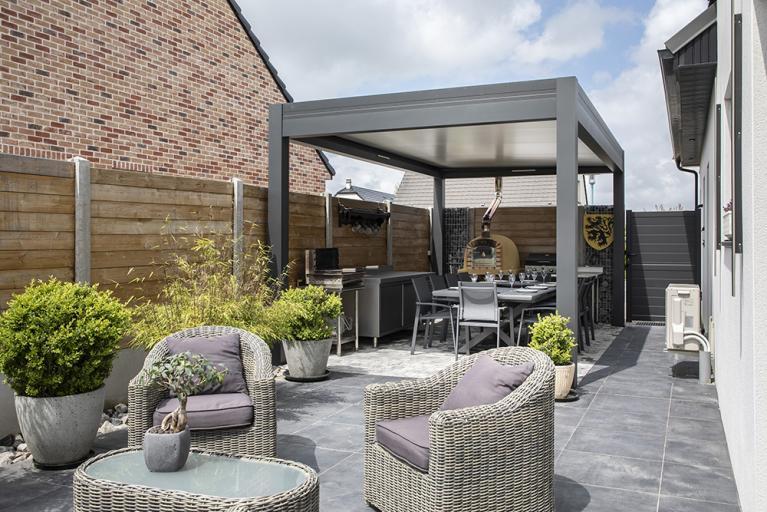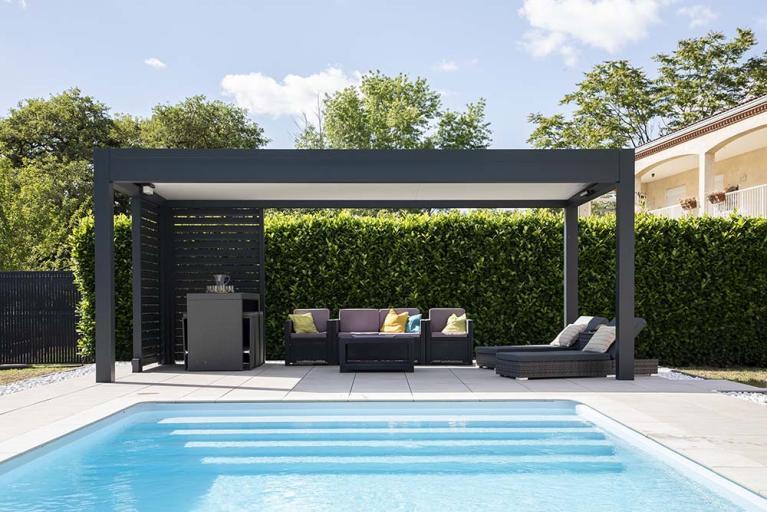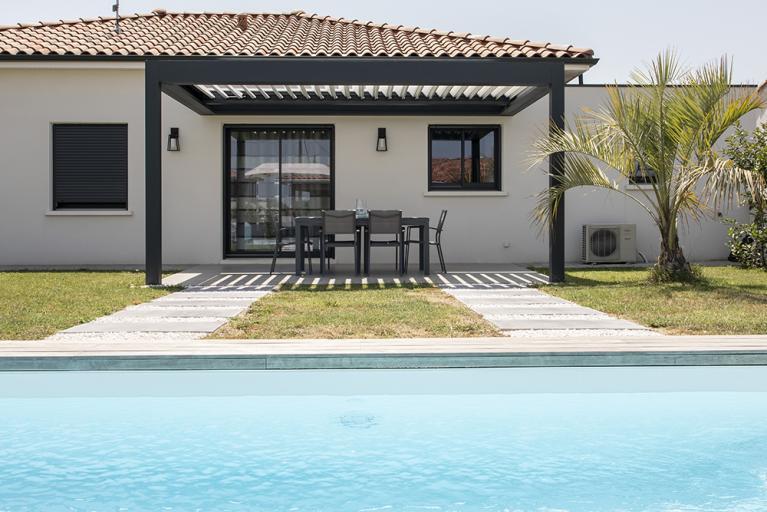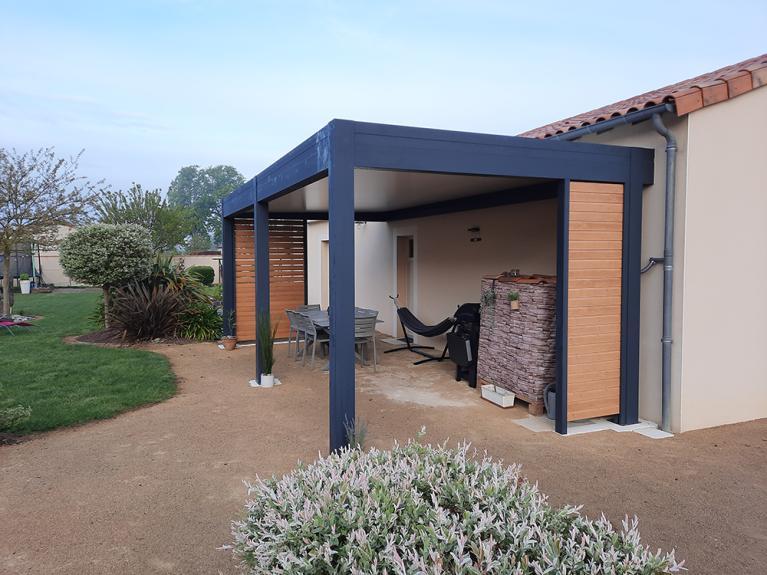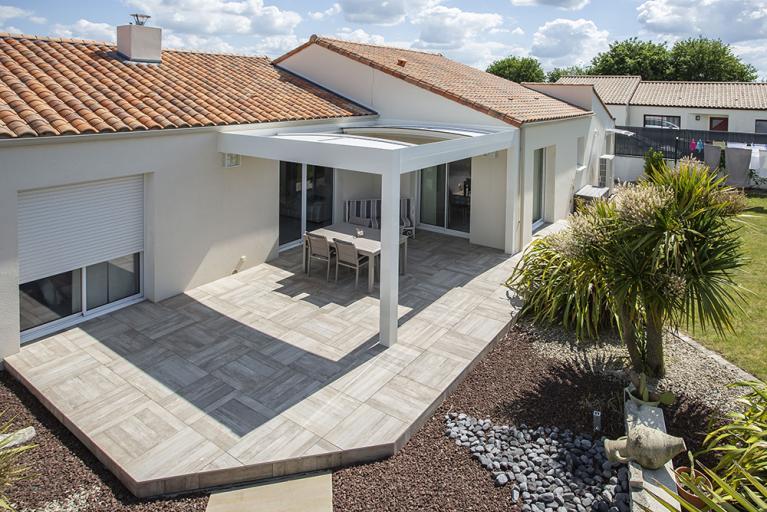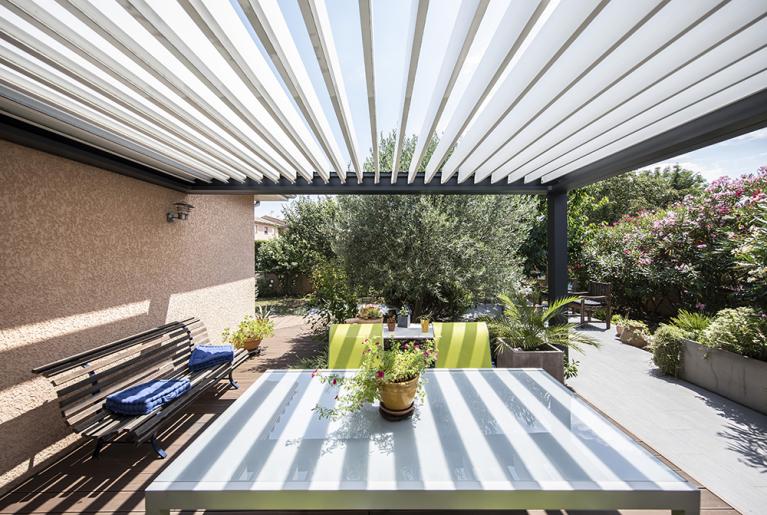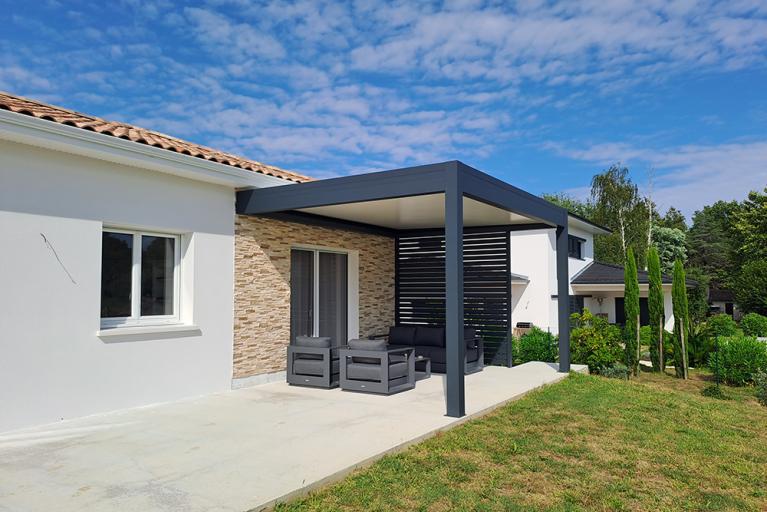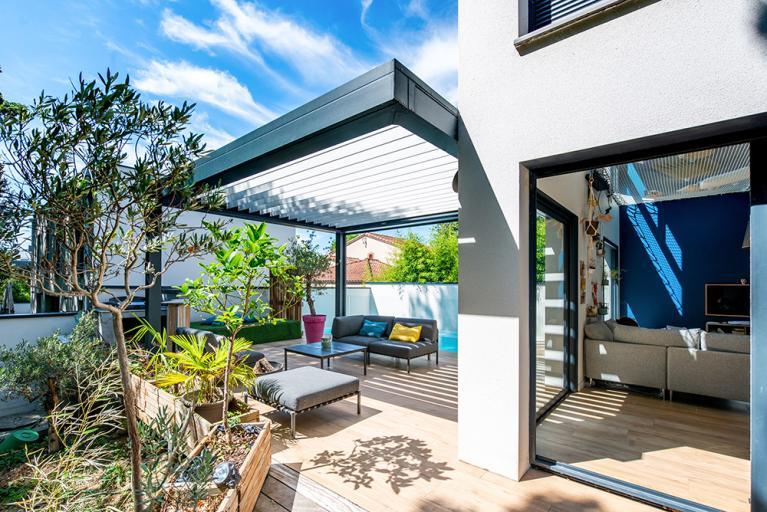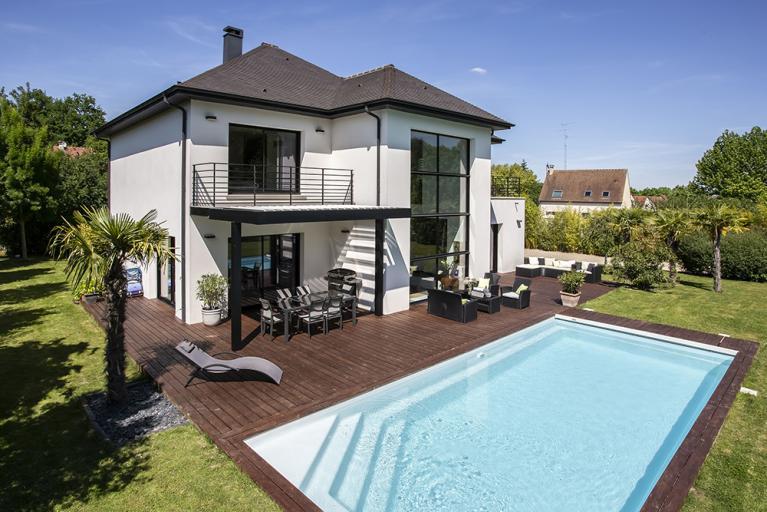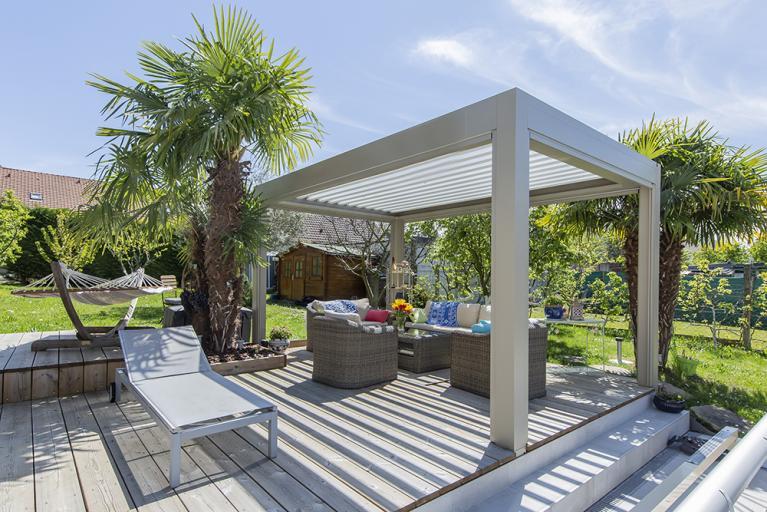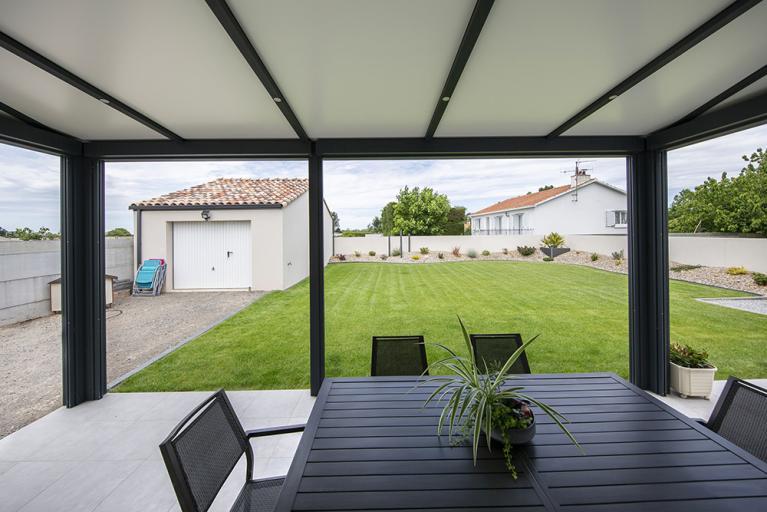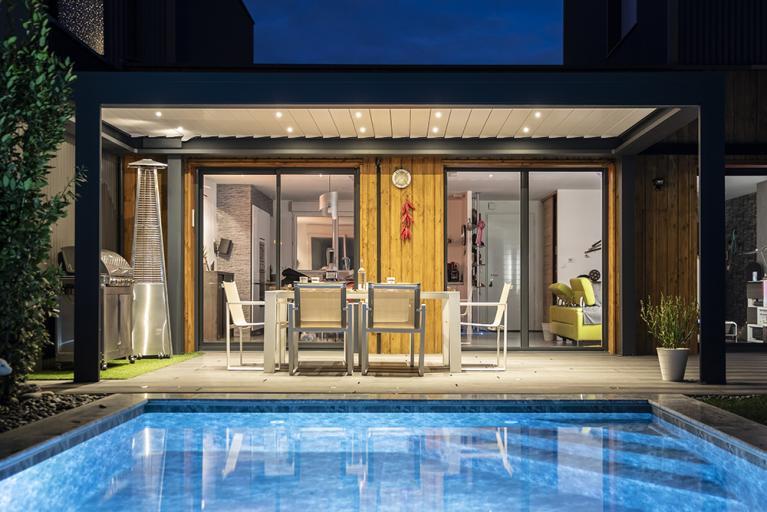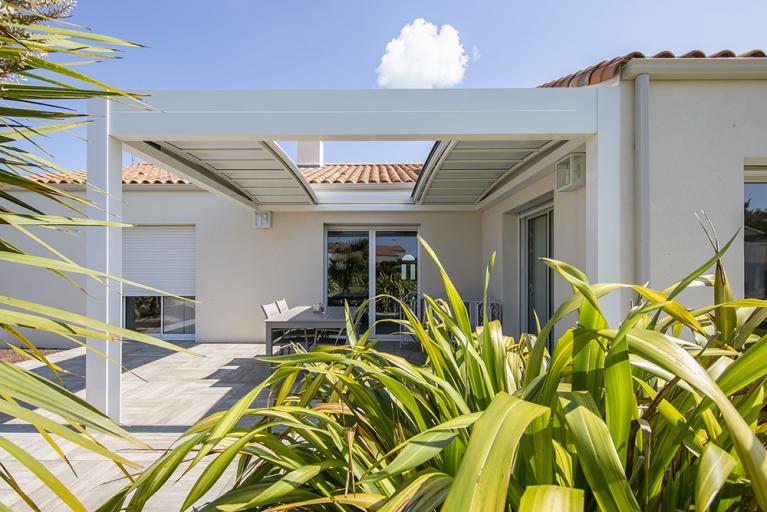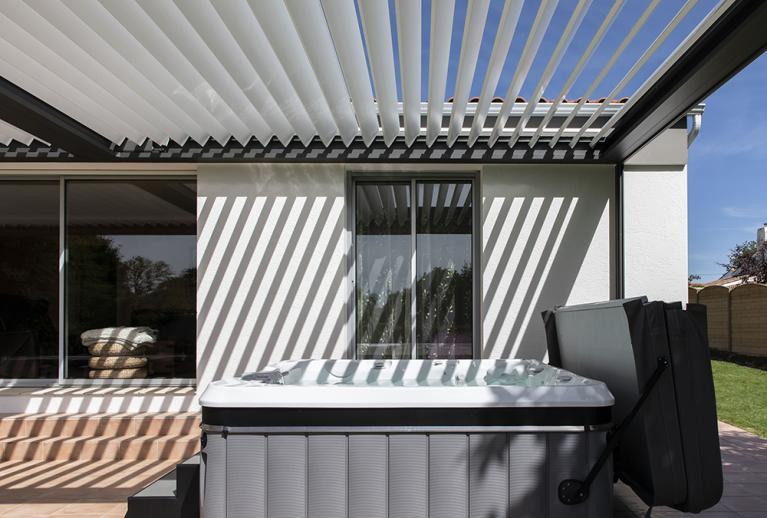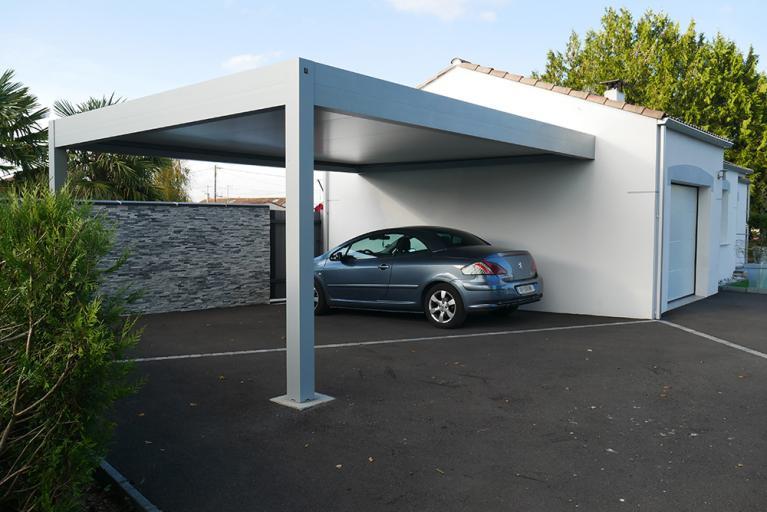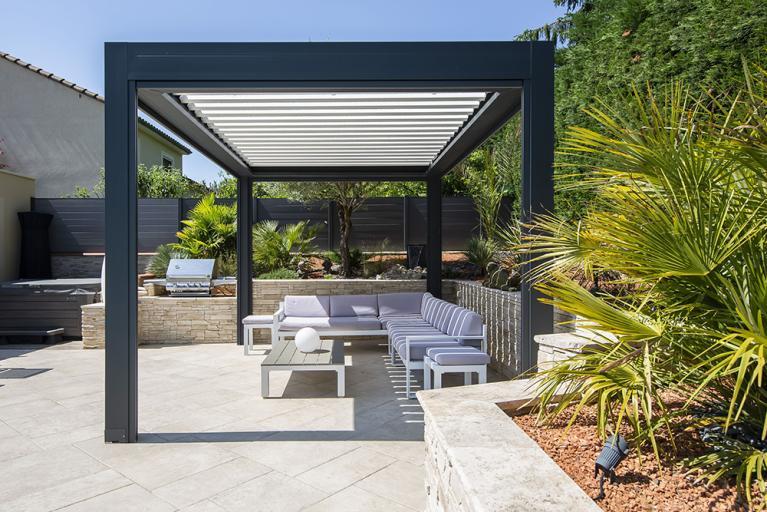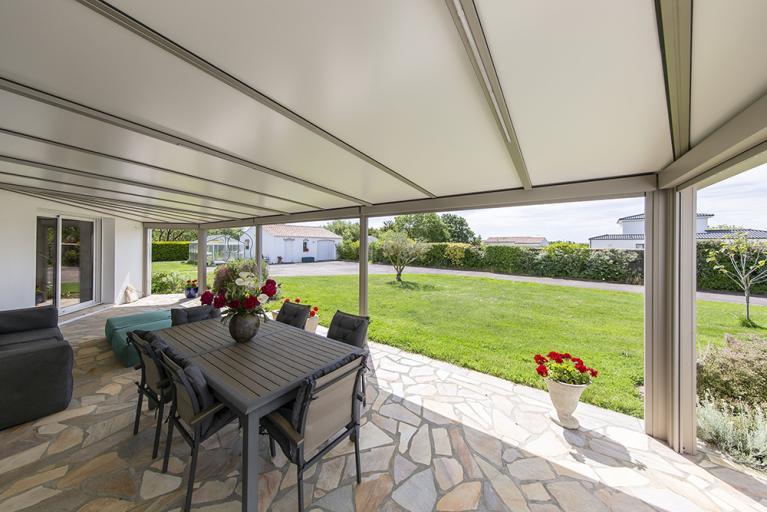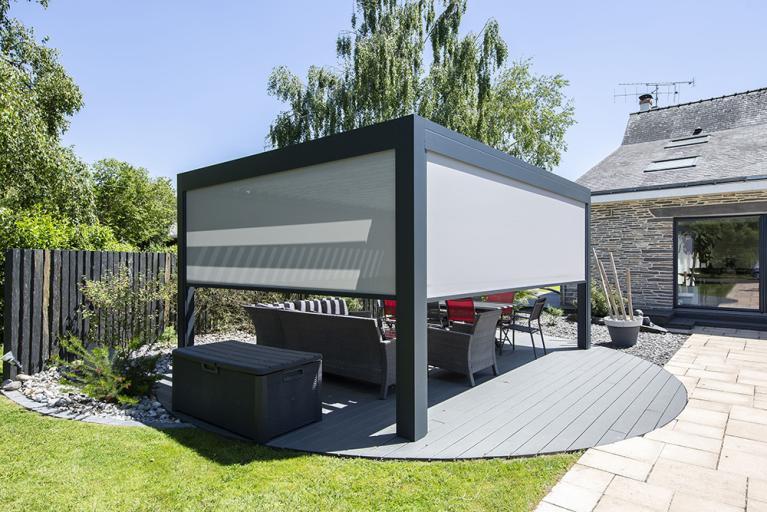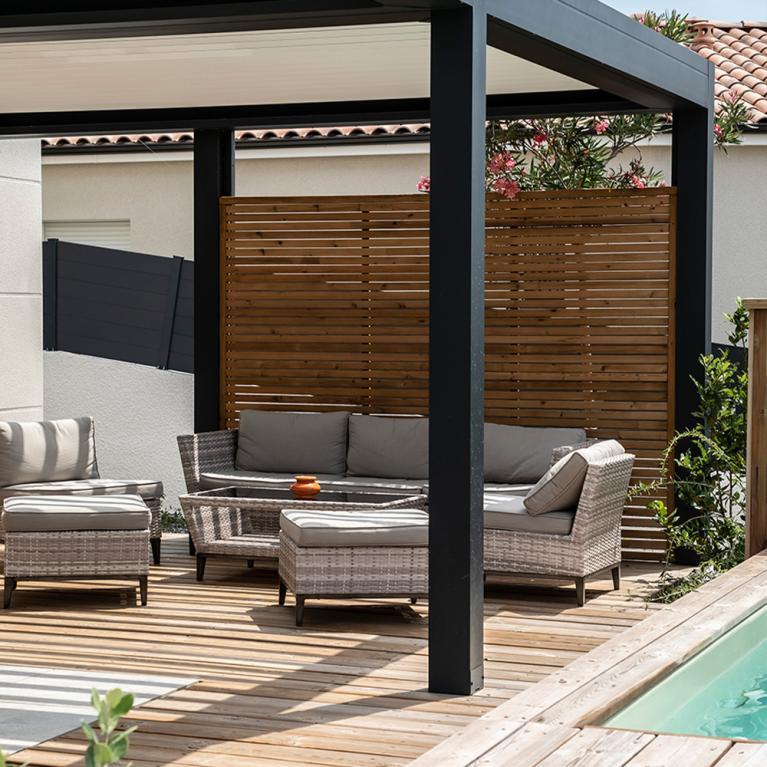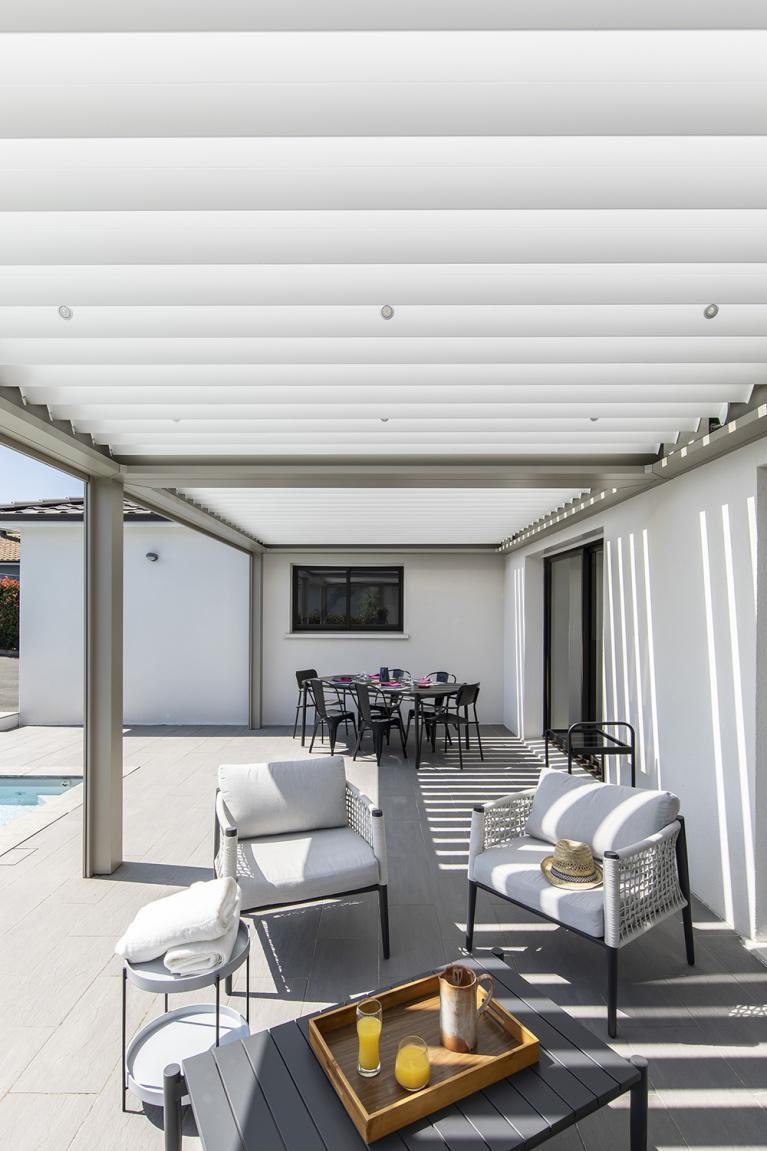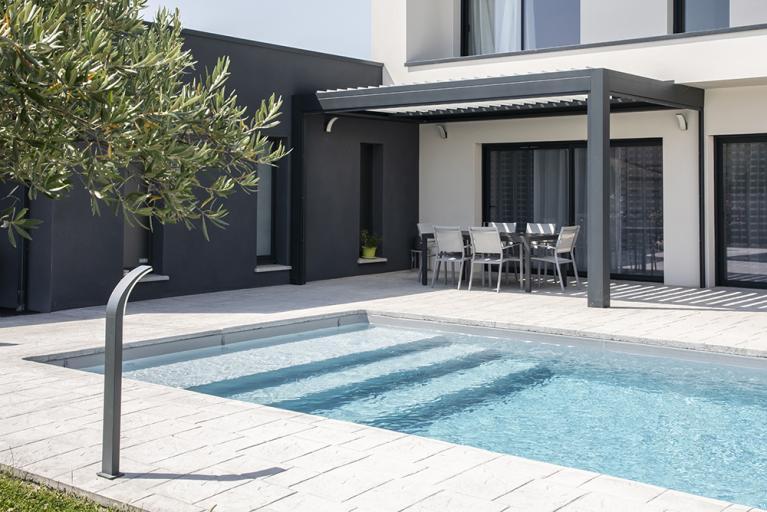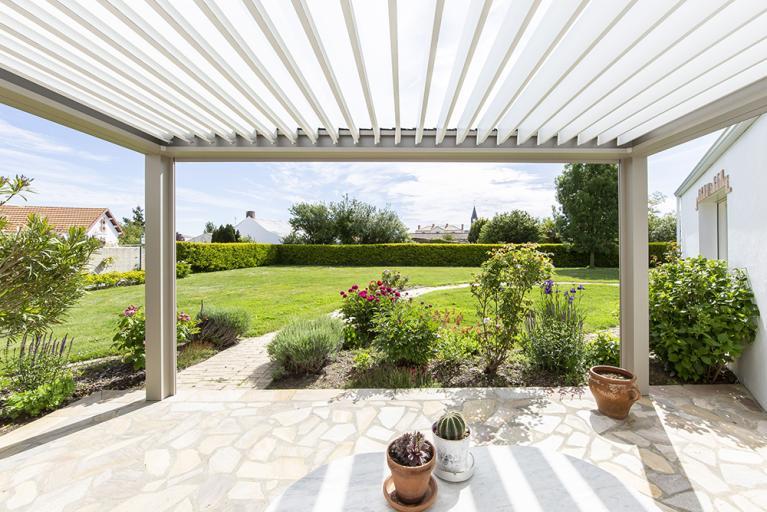Which pergola for the garden?
In the garden, the pergola provides a shaded space protected from the elements. Free-standing pergola can be erected on your property without being attached to the house. There are different models of garden pergolas to delimit a terrace, a dining area, or even a vegetable garden. Discover the different possibilities to choose the version that suits you best.
What are the different materials used for pergolas?
Traditionally, the pergola was made of wood, and you will still find many models of garden pergolas made of this material. It is one of the most affordable materials, but wood needs to be maintained regularly to protect it from moisture and insects.
However, for greater durability, you could opt for models in aluminium or stainless steel. These materials are being used more and more, particularly for their durability. They offer a wide range of aesthetic choices, as the design of these models can be varied, as can the options available.
You will also find pergolas in PVC. This material is the easiest to maintain, but it will be less durable than metal.
Finally, wrought iron pergolas have a more classic style. They should be treated regularly for rust to keep them looking beautiful.
But these materials are only for the structure, i.e. the pillars that support the roof of the pergola. This last part can be made of different materials depending on your needs and desires.
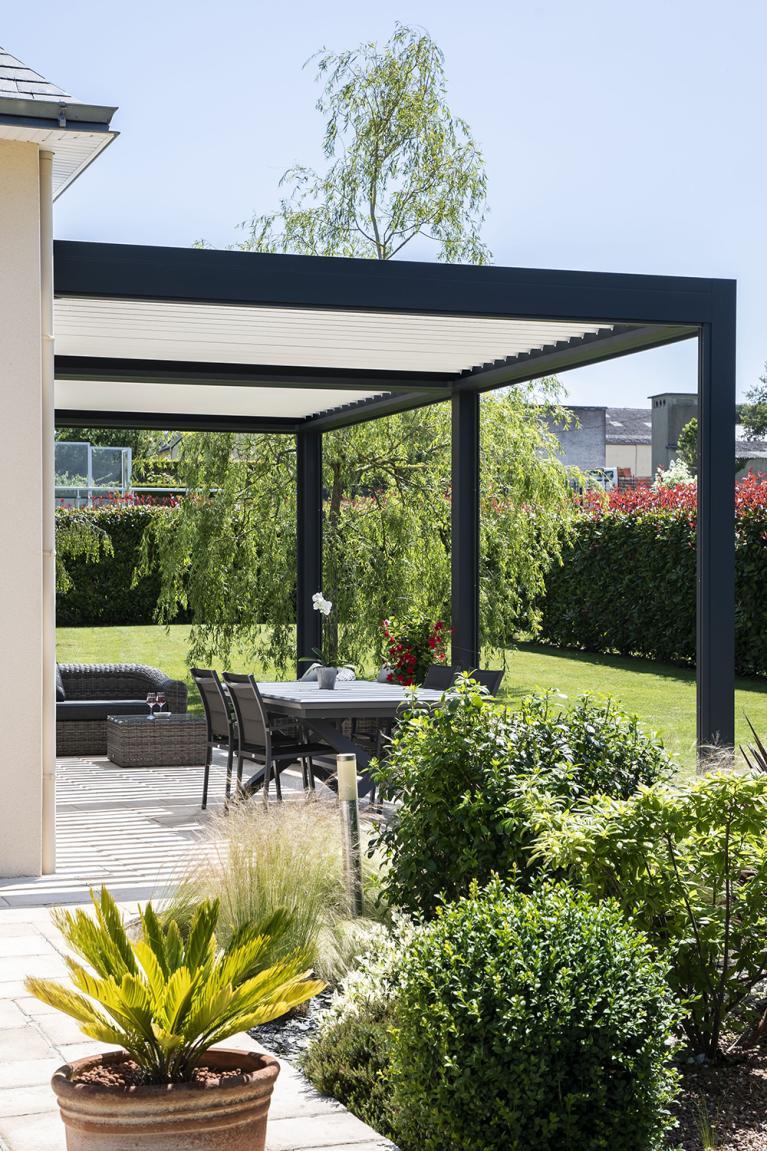
What are the ideal dimensions?
The garden pergola can have many dimensions depending on your needs. However, it is advisable to keep certain measurements in mind to take full advantage of it.
In terms of height, it is advisable to aim for a minimum of 2.20 metres, to allow free movement without feeling confined. Avoid exceeding 3 metres in height, to remain well covered in rainy weather.
In length, 1.20 m will be the minimum to really enjoy this space. You should be able to set up a small garden lounge and move around it without difficulty.
For the same reasons, it is recommended to opt for a width of at least 3 m. However, if your garden is small, make sure that your pergola does not take up more than a third of its surface area.
For added comfort, you can also choose to add side uprights to your pergola, on one or two sides. You will then be creating a real little living room in your garden. It is also an opportunity to create a winter garden, for example, or to protect your most fragile plants. Similarly, there are lighting systems that attach to the uprights of the pergola, so you can enjoy it after dark.
Don't hesitate to contact us for support with your project.
Discover the pergola designs
Our other uses
Discover all the pergolas on offer below, they are endless, as extensive as Akena's expertise.
The magazine of the Akena company
You have a project?
Would you like a personalised 3D study and a free quotation? Contact us by clicking below.
AKENA is...
Over 40 years of experience
Founded in 1981 by one man, we now have more than 500 employees dedicated to making your project a success.
Made in France
A historic site and two factories covering more than 25,000 m² in Dompierre-sur-Yon in the Vendée region (85)
Innovative and tailor-made products
At AKENA, we are brimming with new ideas to improve and enhance our products.
The European leader in conservatories, pergolas...
But not only! AKENA also offers a complete range of carports and pool houses.
